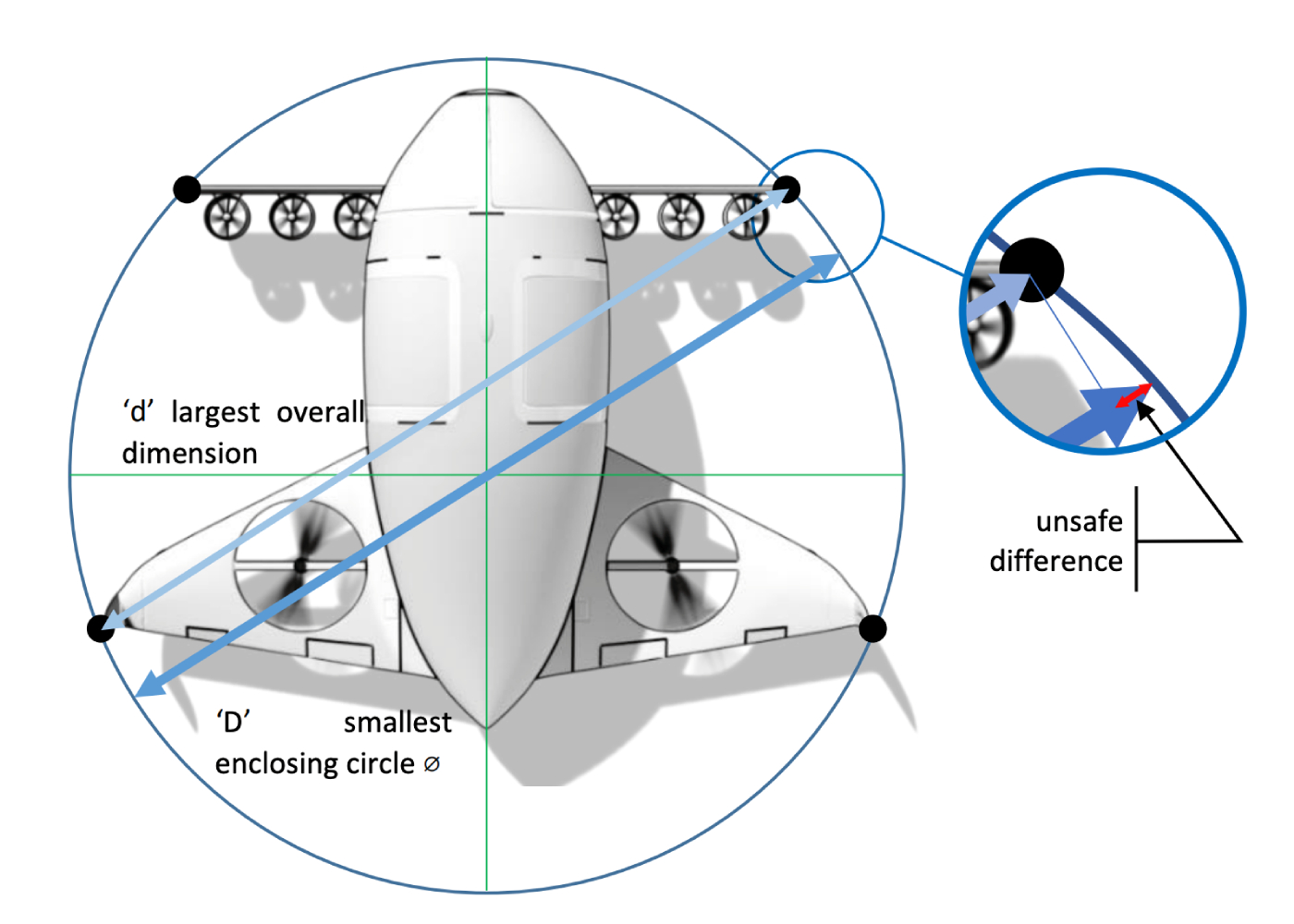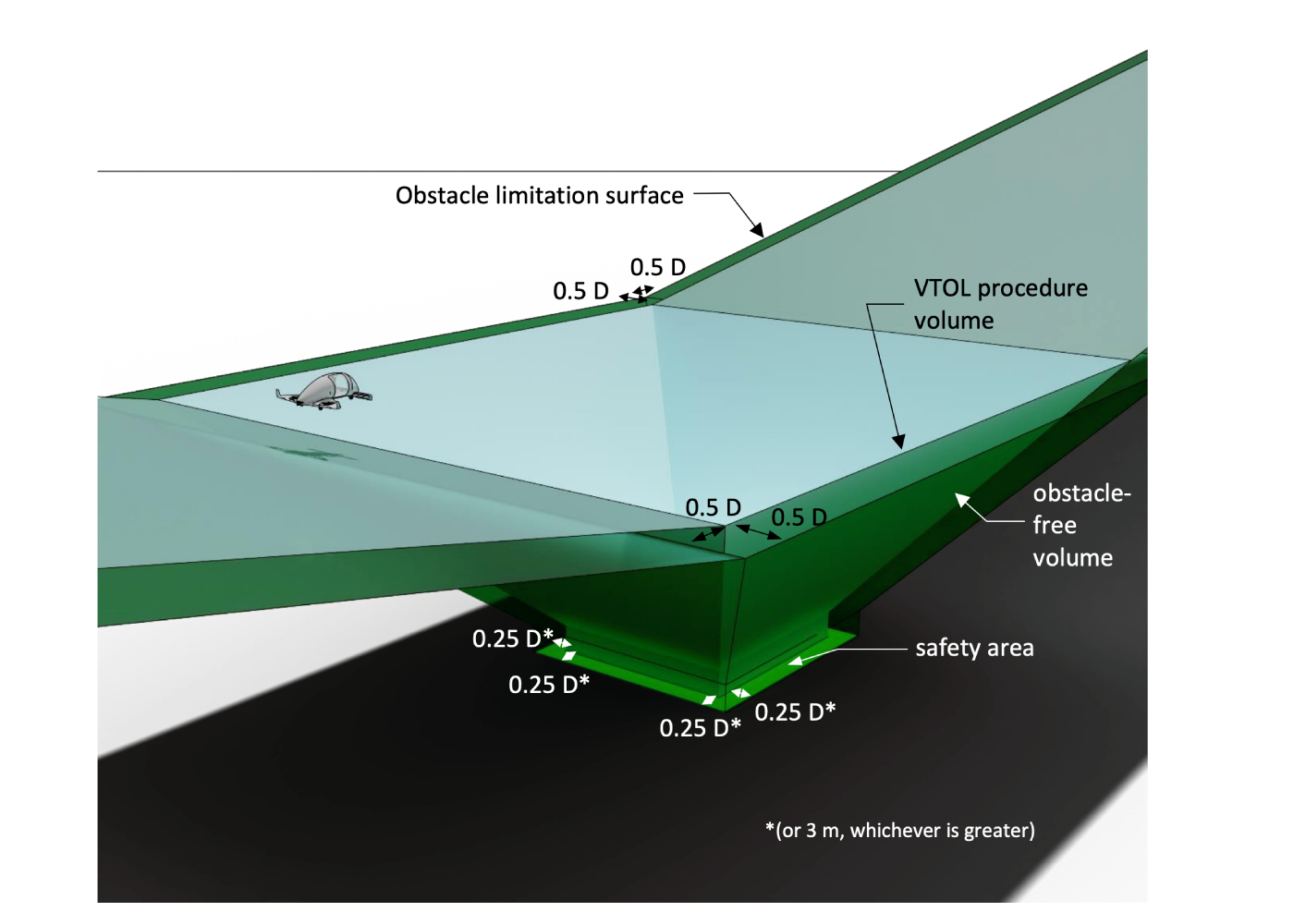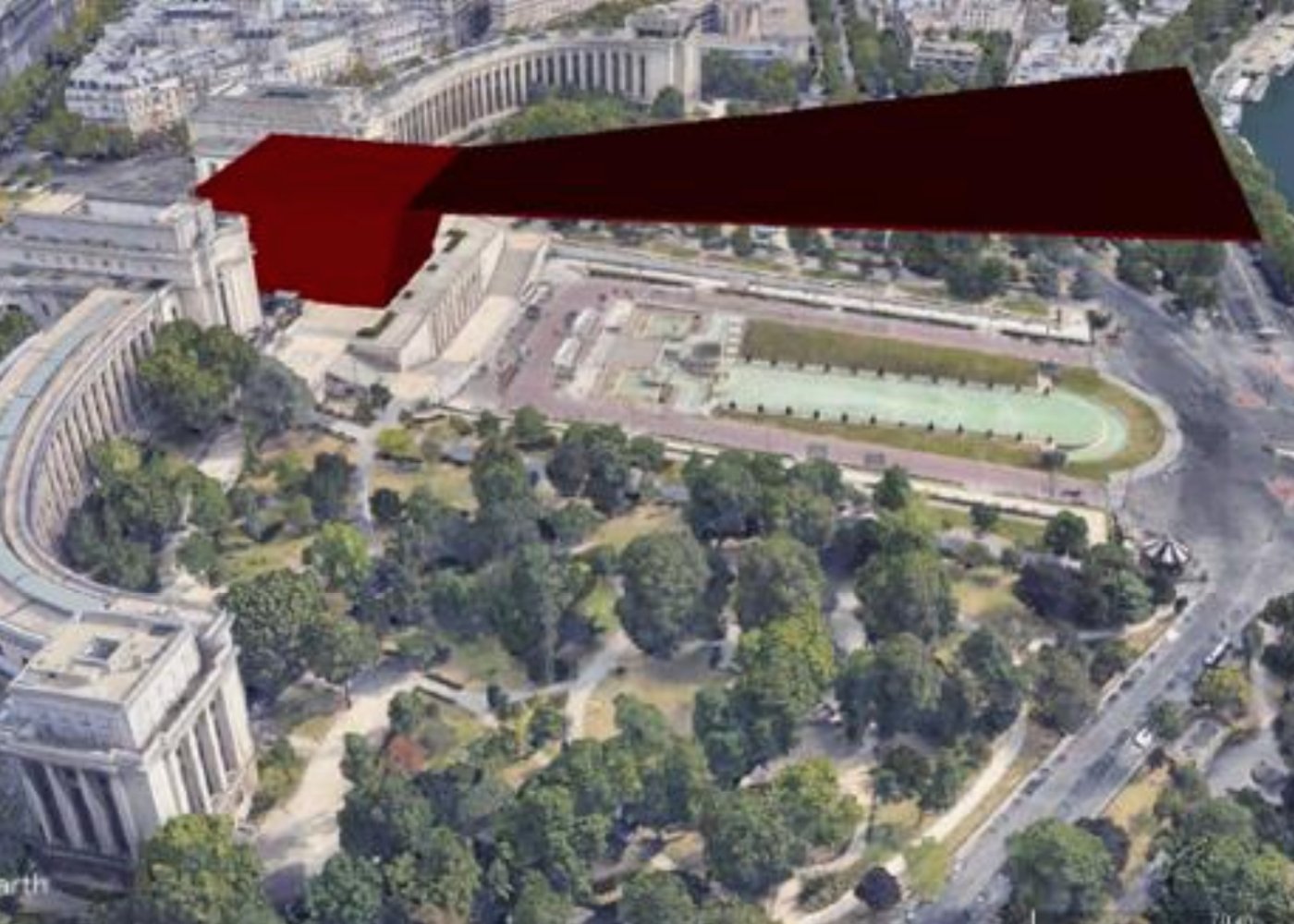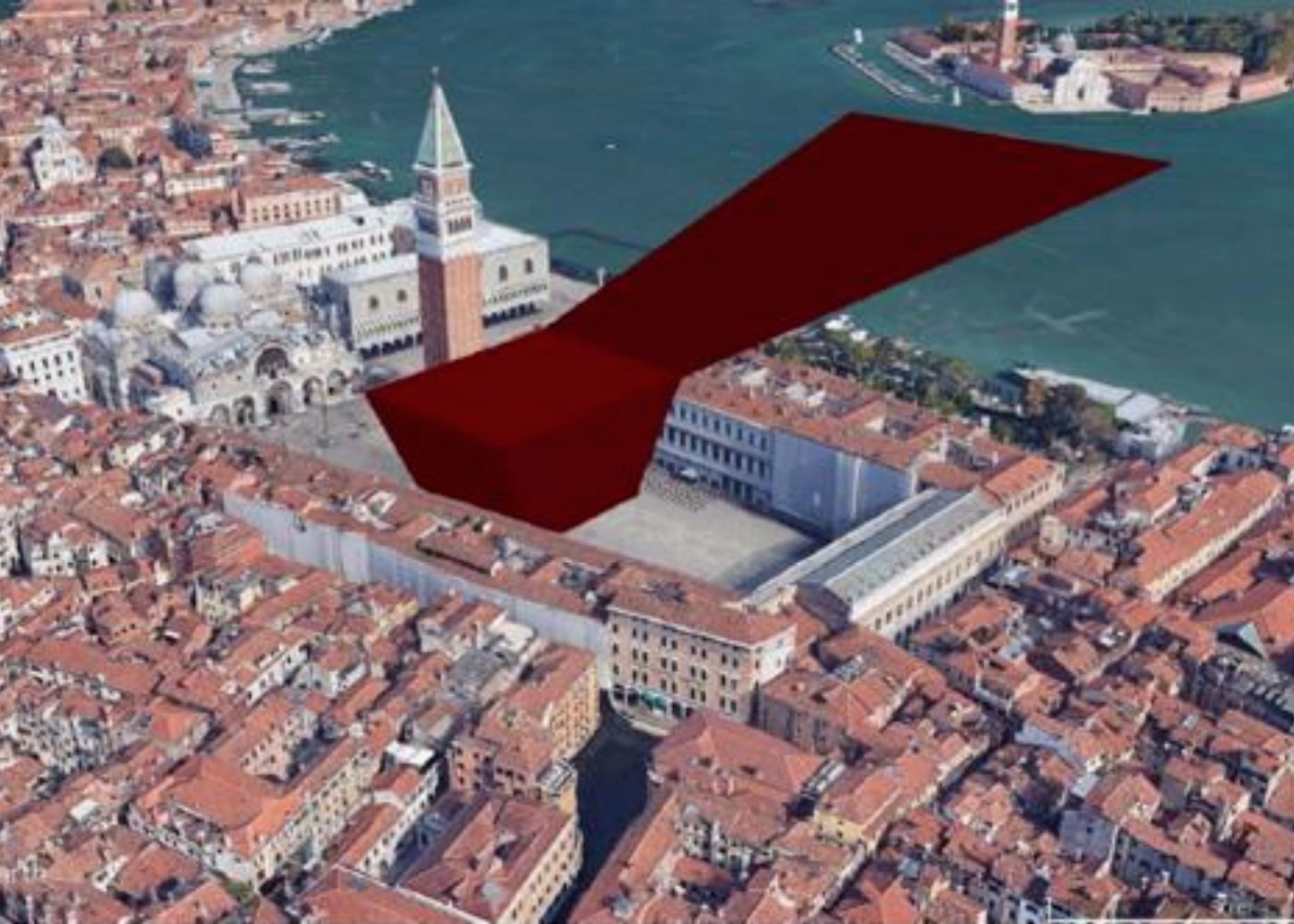Last week, the European Union Aviation Safety Agency (EASA) published the Prototype Technical Design Specifications for Vertiports (PTS-VPT-DSN). This document provides guidance to all stakeholders to facilitate the safe design of vertiports for future eVTOL operations.

Several advanced air mobility (AAM) eVTOL aircraft are now at an advanced stage of development, and EASA felt it was essential to have a common basis to ensure that the infrastructure planning matches the aircrafts’ requirements.
The PTS-VPT-DSN is based on EU regulations and EASA aerodrome and heliport certification specifications (CS-ADR-DSN and CS-HPT-DSN), International Civil Aviation Organization (ICAO) Annex 14 Volume I Aerodrome Design and Operations and Volume II Heliports, and ICAO Document 9261 Heliport Manual. Additional feedback from eVTOL manufacturers and subject matter experts was also incorporated.
The aircraft considered in the document are the Category Enhanced VTOLs as defined in EASA Special Condition for small-category VTOL aircraft (SC-VTOL). Furthermore, it was developed for manned eVTOL aircraft under visual flight rules (VFR) day and night operations.
The 179-page document’s legal disclaimer implies that this document is considered an advanced draft. It is intended to provide technical guidance, recommendations, and best practices, yet, without prejudice to possible future legislative and regulatory provisions. This includes new certification specifications that could come into effect from the full-scale rulemaking task (RMT.0230): Regulatory framework to accommodate unmanned aircraft systems in the European aviation system.
Innovations
Compared to mainstream heliports, one notable additional innovation is the introduction of a funnel-shaped volume overhead the vertiport, designated as an “obstacle-free volume.” This concept is designed to match the operational capabilities of new eVTOL aircraft that can perform landing and take-off with a significant vertical segment when compared to conventional and elevated conventional take-off profiles.
There are also some examples of how the volume can be implemented in an urban environment. Although the locations shown, including the parvis at Paris’ emblematic Trocadero and St. Mark’s Square in Venice, will unlikely be used for routine eVTOL operations, they give us a good visualization of the concept.
EASA has chosen the letter “V” as the symbol for a vertiport identification marker. This diverges from the U.S. Federal Aviation Administration’s (FAA) recently released draft Engineering Brief No. 105 Vertiport Design. The FAA chose the “broken wheel” symbol that had placed second in a research test conducted in 1967, for the most visible and informative symbol for heliports.

D-value
The D-value is used extensively in heliport design. For helicopters, this is the largest overall dimension when the rotor(s) are turning. For most of today’s rotorcraft, this is defined by two points, the most forward tip of the main rotor and the aft tip of the tail rotor or tail cone. For obstacle protection, the smallest enclosing circle is considered, and for most helicopters this would be based on the same two points.
However, with eVTOL aircraft and the multitude of configurations possible with distributed electric propulsion (DEP), the smallest enclosing circle may be larger. Therefore, in this case the D-value — previously defined in MOC-2 SC-VTOL — is the diameter of the smallest circle enclosing the eVTOL aircraft projection on a horizontal plane while the eVTOL aircraft is in the take-off or landing configuration, with rotor(s) turning, if applicable.

Enroute alternate vertiport
In addition to information about vertiport design, the document also gives us insight on some operational requirements that may come into effect for eVTOL aircraft under EASA rules.
eVTOL aircraft in the EASA SC-VTOL’s enhanced category must meet requirements for continued safe flight and landing (CSFL). This means that they must be able to continue to the original intended destination or a suitable alternate vertiport after a critical failure for performance (CFP).
A CFP is not only equivalent to the failure of the critical engine and one engine inoperative condition in mainstream aircraft. It must also consider all systems and failures affecting continued safe flight and landing. Many eVTOL manufacturers agree that this is one of the more challenging requirements that need to be met in the European regulations.
EASA was always clear that these enroute alternates for CSFL must be designated vertiports and not random emergency landing locations. This document gives us more details of the requirements that must be met in terms of final approach and take-off area (FATO), safety areas, touchdown and lift-off area (TLOF), approach surface, obstacle-free volume, visual aids, means of escape, and rescue and firefighting services (RFFS) at these alternate vertiports.
As one can see from the list, the requirements are quite comprehensive. This would mean that the aircrafts’ certification should not have short diversion times in case of a CFP. Otherwise, they would need many such alternate vertiports, which could be impractical in an urban environment.
Conclusion
Although the EASA Prototype Technical Design Specifications for Vertiports is certainly a live and evolving document, it provides a very clear pathway for the ecosystem in terms of the requirements for the infrastructure.
We may still be a couple of years from seeing the first certified AAM aircraft, but optimal use of this lead time will be critical for a smooth entry into service, which will be another requirement for public acceptance.












Indeed: “… but optimal use of this lead time will be critical for a smooth entry into service, which will be another requirement for public acceptance.”